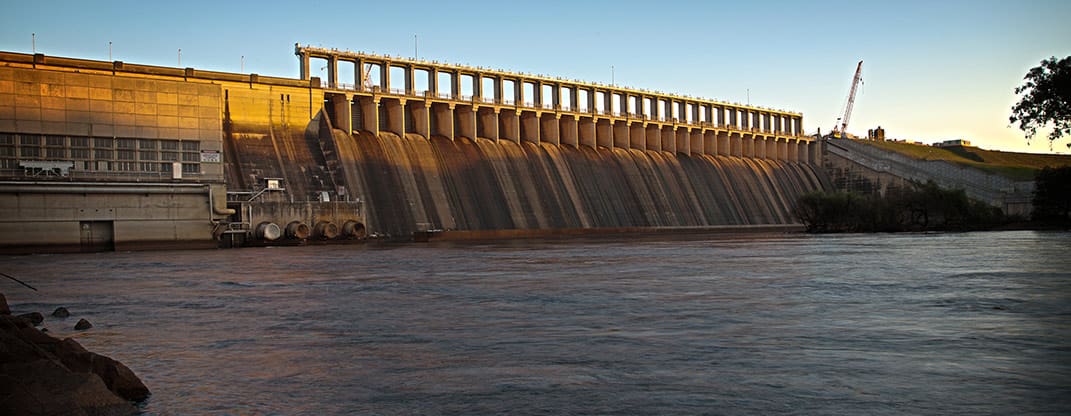
THE latest Water Market Outlook report from the Australian Bureau of Agricultural and Resource Economics and Sciences (ABARES) indicates that water allocation prices in the southern Murray-Darling are likely to fall in 2020–21.
ABARES executive director, Dr Steve Hatfield-Dodds, said water prices at the start of 2019–20 were high compared to the historical average.
“This was driven by low opening allocation volumes, exceptionally dry and warm conditions across the southern Murray Darling Basin and poor seasonal outlooks for 2020–21,” Dr Hatfield-Dodds said.
“As a result, prices averaged $543 per megalitre (ML) in 2019-20 which is the highest level since the height of the Millennium drought in 2007-08.”
The latest ABARES Water Market Outlook provides a range of possible allocation prices for 2020–21 under wet, average, dry and extreme dry seasonal conditions.
Under the wet and average scenarios, prices are likely to fall sharply reflecting a significant improvement in the volume of water supply in 2020–21, with ABARES estimating average annual prices of between $207/ML and $287/ML.
Lower water prices across the southern basin would see production in industries most sensitive to changes in water prices, such as rice and cotton, rebound strongly in 2020-21, from the low levels observed in 2019-20.
“Prices under the dry scenario are modelled to decrease moderately to $450 per megalitre, reflecting a marginal improvement in water supply compared to 2019-20,” Dr Hatfield-Dodds said.
“Under the extreme dry scenario prices are modelled to increase slightly, to $544 per megalitre, as most regions are modelled to have less water available.
“The promising Bureau of Meteorology climate outlook aligns most closely with the average scenario in the report, however it’s important to remember there’s still much uncertainty.
“Conditions better or worse than the scenarios tested are possible, which would result in prices higher or lower than those estimated in the latest outlook.”
Dr Hatfield-Dodds said another significant determinant driving prices in 2020–21 would be where water was located, compared to where water demand was highest with recent increases in demand for irrigation water in regions below the Barmah choke.
He said inter-valley trade limits were expected to be binding, leading to higher prices in regions that imported water.
Source: Department of Agriculture, Water and the Environment
To accompany the Water Market Outlook, ABARES has prepared a dashboard visualisation, allowing users to explore the forecasts in depth.
Read the latest ABARES Water Market Outlook https://www.agriculture.gov.au/abares/research-topics/water/water-market-outlook

HAVE YOUR SAY